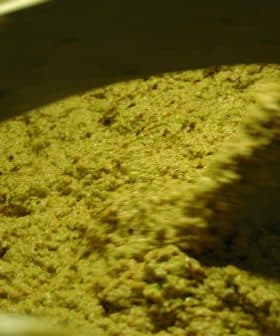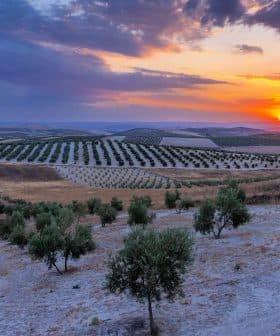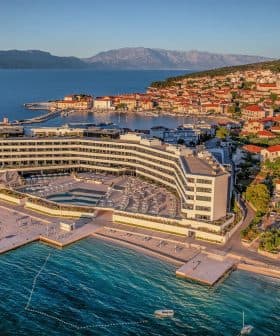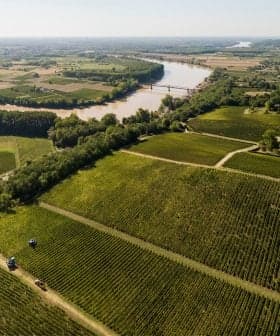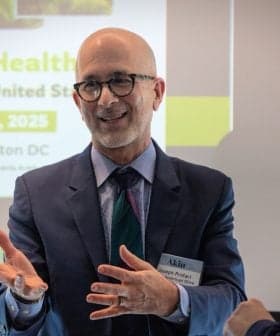'Eye-Opening' Milling Course at UC Davis
Pablo Canamasas led a comprehensive olive oil processing course at UC Davis, emphasizing the importance of attention to detail and experimentation to maximize efficiency and quality. The three-day course included practical trials, expert advice, and tasting sessions to help producers of all sizes improve their techniques and increase profit margins.
“It’s all about the details,” said Pablo Canamasas as he described how to process olives with maximum efficiency without sacrificing quality.
Canamasas was the featured speaker at the fourth annual Master Milling course, sponsored by the UC Davis Olive Center on October 4 – 6 in Davis, California.
The three day course was a comprehensive look at all aspects of olive oil processing from harvesting and milling to waste disposal.
Canamasas is the production technical manager at Boundary Bend Ltd., the largest olive oil producer in Australia, and is considered an expert in olive oil production and quality.
Canamasas’ goal for the course was to show processors “how to get as much oil from the cells” as possible. Each step in processing oil can be handled in many different ways and the key is to pay attention to the details, record every modification attempted and track the results.
“There is not just one way of processing fruit” and producers need to find the way that works best for them, explained Canamasas.
Through extensive research, Canamasas has compiled data on techniques that can greatly improve efficiency. Time, temperature, crushing, separating and storage are some of the many variables that can be adjusted. In addition, processing aids, such as talc, enzymes, salt or calcium carbonate, can be added during processing to extract oil more effectively.
During the class, several olive processing trials were run in the Olive to Bottle mobile milling system. Two batches of green Arbequina olives were processed; one without aids and one with talc and enzyme aids. Although the differences were small in the class trial, Canamasas’ research shows that by lowering the malaxing temperature the cost of the aids can be fully recovered and a larger profit margin achieved.
The course also included tasting the differences in oil quality arising from defects in the process, such as improper storage or overcooking in the malaxer.
Dan Flynn, executive director of the UC Davis Olive Center was host and a presenter at the course. He predicted that the course would be the best one yet because of Canamasas’ research-based information that would benefit all size producers.
Based on attendee response, it appears that Flynn’s hopes were realized.
Approximately 80 people registered for the course from many corners of the world, including Japan, the U.S., Brazil and Kuwait. The class was designed to be suitable for all levels with the first day an introduction and the following days more advanced.
Darro Grieco of Berkeley Olive Grove said he found the class very worthwhile and learned ways to modify the flavor profiles of oil from his old growth trees.
Don Lydick and Mac Patel said that the research was “phenomenal” and perfect for beginners while another participant called it “eye-opening.”
Olive Crazy blogger Mary Squires attended all three days soaking up a wealth of information.
Toyohiro Takao attended the course because he plans to start milling his crop himself in the next few years, rather than outsourcing. Takao is a grower on Shodo-shima island, Japan and his olive oil was ranked 82 out of 100 by the 2012 Flos Olei guide. After the class, Takao posted on his website from the conference that he was impressed with the efficient arrangement of the mobile mill and was studying hard, saying “it was good to come.”
Canamasas called upon millers to learn every step of the process. He says that they are the decision-makers who will choose the calibrations needed to make their particular olives into high quality oil with maximum efficiency. “It’s all about the details.”





